A banjo player, often referred to by the specific term “banjoist”, is a musician who specializes in playing the banjo. The banjo, with its distinct twangy sound, plays a pivotal role in many music genres, such as folk, country, and bluegrass. Banjoists use different styles and techniques to bring out the unique tones and rhythms of this versatile instrument. From the rapid-fire picking of bluegrass to the more melodic and slower clawhammer style, the artistry of the banjoist is a key element in many musical compositions.
History of the Banjo
The origins of the banjo can be traced back to Africa, where similar stringed instruments were made using gourds and animal skin. These instruments were brought to America during the transatlantic slave trade. In the 19th century, the banjo became popular among African-American communities, with the instrument being used for a variety of folk music styles. The modern banjo, as we know it today, started taking shape in the middle of the 19th century. It became a centerpiece in minstrel shows and, over time, found its niche in country, folk, and particularly bluegrass music. The adoption of the banjo by notable musicians in these genres has helped to cement its place in the annals of American music history.[1]
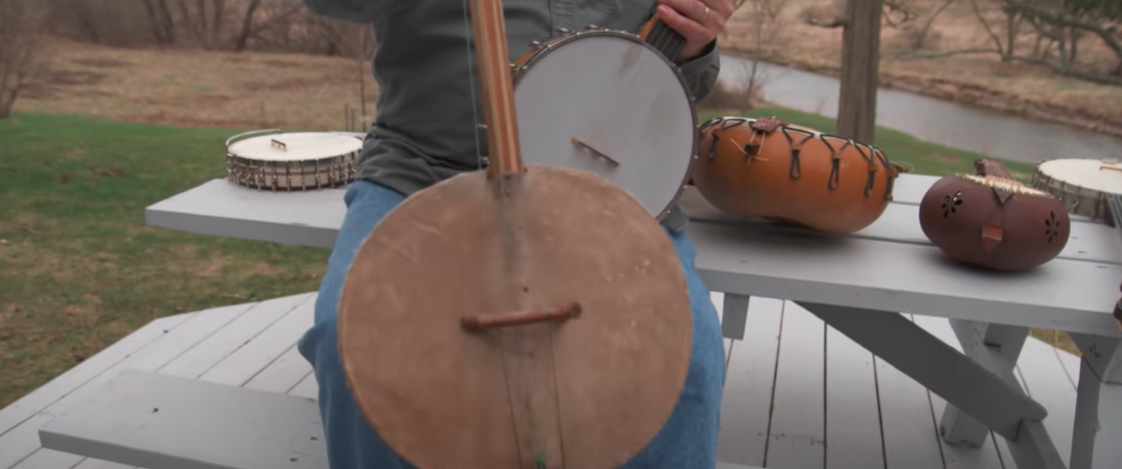
Types of Banjo Players
Professional Banjo Players
Throughout history, numerous banjo players have left their mark on music. From pioneering artists to contemporary musicians, the banjo’s evocative sound has been championed by many. Earl Scruggs is often hailed as the most influential banjo player of all time. Known for popularizing the three-finger picking style, Scruggs forever changed the face of bluegrass music. Béla Fleck, a virtuoso of the instrument, is known for his genre-defying explorations, blending jazz, bluegrass, classical, and world music. Pete Seeger, a folk music icon, was known for his deft clawhammer style and was instrumental in popularizing the banjo in folk music. In more recent times, artists like Rhiannon Giddens and Scott Avett have brought new perspectives to banjo playing, demonstrating the instrument’s enduring relevance in modern music. These artists and many others illustrate the rich tapestry of banjo music and the diverse range of styles it encompasses.
Amateur Banjo Players
Amateur banjoists, while not necessarily making a career out of their playing, contribute significantly to the tradition and culture of banjo music. Often self-taught or learning through community music groups and online tutorials, these musicians keep the art form alive in local communities around the world. They can frequently be heard at community gatherings, folk music festivals, jam sessions, or even in their own homes, practicing and perfecting their skills. Their passion for the banjo, the joy they derive from playing, and their eagerness to share this with others is a testament to the instrument’s universal appeal. Some amateur players go on to become professionals, while others are content with the personal satisfaction and creative outlet that playing the banjo provides. Regardless of their ultimate path, all banjo players contribute to the ongoing evolution and appreciation of this unique instrument.
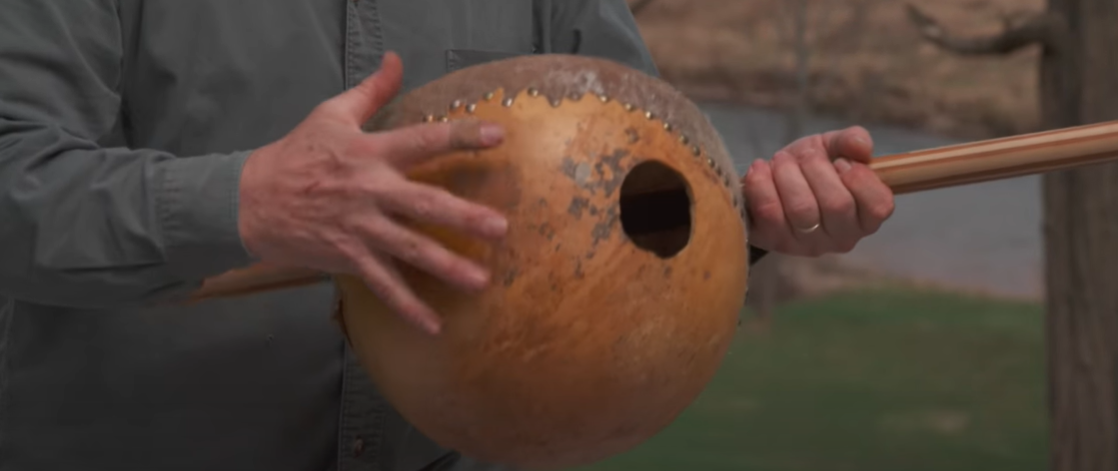
Banjo Enthusiasts
Beyond the players themselves, an integral part of the banjo world is the enthusiasts. These are individuals who, while they may not play the instrument, hold a deep fascination and appreciation for banjo music. Banjo enthusiasts are often avid listeners of the genres where the banjo shines, attending concerts, festivals, and local performances to enjoy the plucky, resonant sounds of this unique instrument. Many enthusiasts also seek to deepen their understanding of the banjo, studying the instrument’s history, variations, and playing techniques. They may collect banjo-related paraphernalia, such as recordings, sheet music, or even the instruments themselves. They also play a vital role in promoting the banjo, sharing music and knowledge with others, and supporting both amateur and professional players. Banjo enthusiasts, therefore, form an essential part of the banjo community, helping to sustain and expand the instrument’s rich cultural legacy.[1]
Different Styles of Playing the Banjo
Bluegrass
Bluegrass is a quintessential genre where the banjo truly shines. Originating in the Appalachian region of the United States, bluegrass is deeply rooted in American culture and history. Named after the Blue Grass Boys, led by the legendary Bill Monroe, this genre is known for its fast-paced, highly technical string music, blending elements of folk, jazz, and blues. The banjo, typically played in the distinctive three-finger picking style popularized by Earl Scruggs, is a staple instrument in bluegrass ensembles. The banjo’s bright, rapid-fire notes lend the music a lively, energetic feel that is characteristic of bluegrass. Contemporary bluegrass artists like Noam Pikelny and Abigail Washburn have continued to evolve the genre, incorporating innovative techniques and diverse influences into their banjo playing, while still honoring the rich traditions of bluegrass music. From barn dances to major festivals, the spirited strumming of the banjo continues to be a driving force in bluegrass, captivating audiences with its complexity and charm.
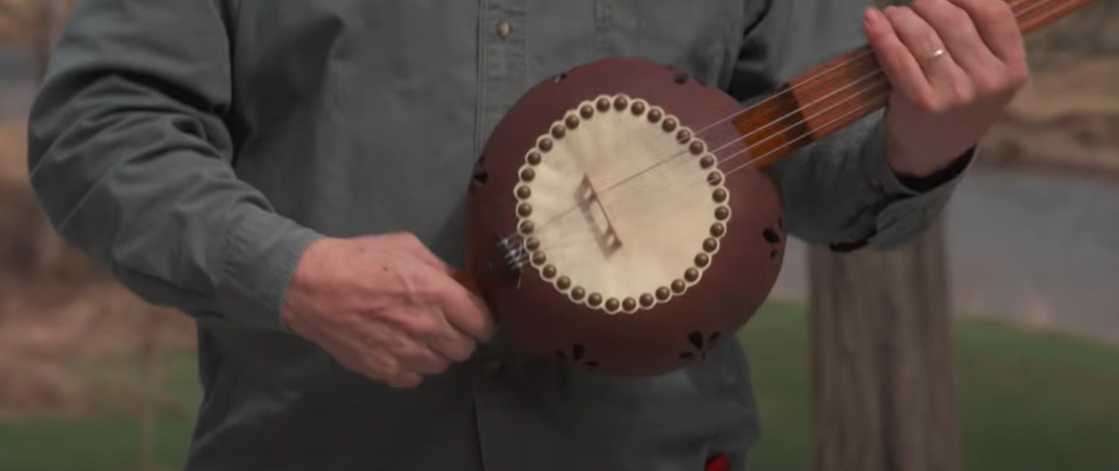
Irish Traditional
Irish traditional music, often referred to as “trad,” has a rich history with the banjo playing a critical role in its evolution. The banjo was introduced to Ireland in the 19th century by returning immigrants who had encountered the instrument in America. Initially used to accompany dance music, the banjo has since established itself as an integral part of the Irish traditional music landscape. The four-string tenor banjo, typically tuned the same as the fiddle, is the preferred variant in Irish music. Its lively, rhythmic sound is perfect for driving the tempo of a lively jig or reel. Renowned Irish banjo players like Barney McKenna of the Dubliners and contemporary musicians like Gerry O’Connor have showcased the banjo’s ability to carry melody and rhythm, contributing significantly to the instrument’s popularity in Irish music. Festivals, sessions, and ceilis across Ireland and the world continue to echo with the vibrant strumming of the banjo, testifying to its enduring place in Irish traditional music.
Jazz
Jazz music, known for its improvisational nature and expressive melodies, also has a place for the banjo. During the early 20th century, particularly in the era of Dixieland and traditional jazz, the banjo’s distinctive sound became a staple of the jazz ensemble. The four-string tenor banjo was often used, its bright, percussive sound providing a rhythmic foundation that perfectly complemented the brass instruments typically found in a jazz band. Notable jazz banjoists such as Eddie Peabody and Harry Reser helped elevate the instrument’s prestige within the genre. Although the banjo’s prominence in jazz has waned somewhat with the rise of the guitar, its unique contribution to the genre is not forgotten. Modern-day musicians, such as Béla Fleck, continue to introduce the banjo to new audiences by incorporating it into contemporary jazz compositions. Whether providing a steady rhythmic undercurrent or taking center stage with a dazzling solo, the banjo’s versatility ensures its ongoing relevance in the ever-evolving world of jazz.[2]

Different Techniques for Playing the Banjo
Playing the banjo involves the use of various techniques that contribute to creating the instrument’s distinctive sound. Let’s delve into a few key techniques that banjo players often employ:
- Banjo Rolls: This technique, commonly used in the Scruggs style, entails playing arpeggio patterns on the banjo. By executing banjo rolls, players create a continuous stream of notes, infusing a rhythmic pulse into the music.
- Hammer-Ons and Pull-Offs: To execute a hammer-on, a banjo player strikes a string with a fretting finger, effectively changing the played note. On the other hand, pull-offs involve the opposite action. These techniques enable quick transitions between notes, adding a smooth and flowing quality to the music.
- Slides: Slides involve moving a finger up or down a string without lifting it, facilitating a seamless transition from one note to another. By incorporating slides, banjo players introduce expressive nuances to the melody line, enhancing musicality.
- Choking: Also known as a bend, this technique entails pushing a string sideways across the fretboard, altering the string’s tension and pitch. Widely employed in bluegrass and blues music, choking creates a unique sound effect that captivates listeners.
- Harmonics: By lightly touching a string at specific points, banjo players produce harmonics, resulting in a bell-like sound. These harmonics add a unique tonal color to the banjo’s sound palette, enriching the overall musical experience.
- Crosspicking: This technique involves swiftly playing three or more strings in succession, creating a cascading effect. By incorporating crosspicking, banjo players introduce complexity and depth to the music, showcasing their technical prowess.
- Double-Thumbing: Popular in clawhammer style playing, double-thumbing involves striking the strings with the thumb in a downward motion. This technique adds a rhythmic element and a fuller sound to the banjo’s timbre.
Each of these techniques contributes to the banjo’s flexibility and range, enabling it to adapt to various musical genres and styles. Mastering these techniques empowers banjo players to express their creativity and forge a deeper connection with this versatile instrument. So, grab your banjo and let the journey of musical exploration begin!
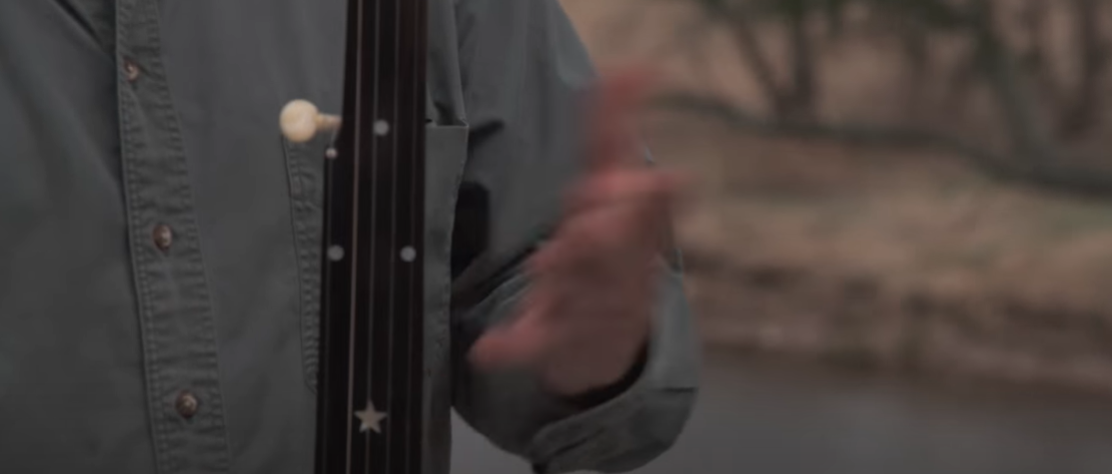
Popular Banjo Players
Banjo players have made significant and lasting contributions to a wide range of music genres throughout the years. With their unique style, technique, and passion for the instrument, they have shaped the sound of the banjo in contemporary music and beyond. Let’s take a closer look at a few notable banjo players who have left a lasting impact:
- Earl Scruggs: Known as the pioneer of the three-finger picking style, Scruggs revolutionized the way banjo was played in the bluegrass genre. His innovative approach and lightning-fast picking technique set a new standard for banjo players worldwide.
- Béla Fleck: A virtuoso banjo player, Fleck has fearlessly explored a wide range of music genres, pushing the boundaries of what the banjo can do. From classical to jazz, his mastery of the instrument has brought the banjo to new horizons, captivating audiences with his technical brilliance and musical versatility.
- Steve Martin: Widely recognized for his work as a comedian and actor, Martin is also an accomplished banjo player. His love for the instrument runs deep, and he has released multiple bluegrass albums showcasing his banjo skills. Through his genuine passion and dedication, Martin has inspired many to pick up the banjo and embrace its rich musical heritage.
- Abigail Washburn: With her unique blend of American old-time and Chinese folk music, Washburn has become a prominent figure in the banjo world. Her clawhammer banjo playing style, combined with her soulful vocals, creates a captivating and enchanting musical experience.
- Noam Pikelny: As a member of the progressive bluegrass band “Punch Brothers,” Pikelny has established himself as one of the most innovative banjo players of his generation. His playing seamlessly blends traditional roots with contemporary influences, pushing the boundaries of what is possible on the banjo.
- Rhiannon Giddens: Co-founder of the esteemed country, blues, and old-time music band “Carolina Chocolate Drops,” Giddens is a true force to be reckoned with. Her masterful banjo playing, coupled with her powerful vocals, showcases the banjo’s deep roots in African-American musical traditions and celebrates its enduring place in American music.
Each of these remarkable musicians reveals the incredible potential of the banjo in their own unique way, inspiring countless others to learn, appreciate, and continue exploring the versatility of this remarkable instrument.[2]
What Do You Call a Banjo Player?
A banjo player can be referred to by several names, typically depending on their style of play or the specific genre of music they are associated with. The most general term is simply a “banjoist.” However, a player who specializes in bluegrass music, characterized by its energetic picking patterns and driving rhythms, might be referred to as a “bluegrass banjoist.” They often showcase their virtuosity through intricate melodic lines and lightning-fast fingerpicking techniques. On the other hand, a banjo player who delves into the realms of jazz, known for its improvisation and syncopated rhythms, could be known as a “jazz banjoist.” They bring a unique flavor to the banjo, blending it seamlessly with the harmonies and complexities of jazz music. In the world of Irish traditional music, a banjo player is often called a “trad banjoist.” They contribute to the lively and spirited atmosphere of Irish sessions, adding a distinctive rhythmic drive to the tunes. These labels not only denote the instrument they play but also give a nod to the richness and diversity of the banjo’s musical repertoire. Regardless of the genre they play, all banjo players share a common love for the unique, vibrant sound of this versatile instrument, which has found its place in various musical traditions and continues to captivate audiences worldwide.[3]
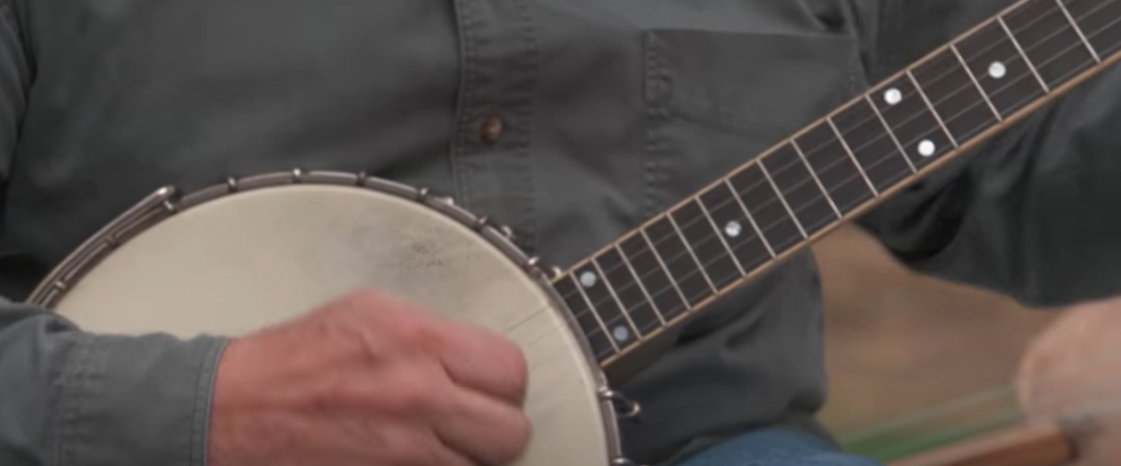
FAQ
Who play the banjo?
The banjo is a beloved instrument played by a diverse array of individuals who deeply appreciate its distinctive sound and remarkable versatility. From passionate hobbyists to seasoned professional musicians, the banjo transcends various genres, spanning from the soulful notes of bluegrass to the soul-stirring melodies of jazz, the heartfelt tunes of folk to the twangy rhythms of country, and even the catchy hooks of pop and the electrifying energy of rock.
Renowned musicians such as Béla Fleck, Abigail Washburn, and Steve Martin have masterfully showcased the banjo’s captivating ability to break traditional genre boundaries and captivate audiences across the globe. Their groundbreaking performances have propelled the banjo to the forefront of modern music, solidifying its status as an instrument capable of evoking emotion and weaving stories through its strings.
Moreover, the banjo’s allure extends beyond the realm of professionals, captivating amateur musicians and aspiring learners alike. Its relatively simple basic playing techniques provide a welcoming entry point for those embarking on their musical journey. The charm of its sound, resonating with nostalgia and authenticity, draws in curious souls, beckoning them to explore the banjo’s enchanting realm.
In essence, the banjo’s universal appeal lies in its ability to produce a unique melody that adds rich textures to any musical composition. Its players, as diverse as the vast expanse of the musical landscape, embody the spirit of exploration and creativity. The banjo is a timeless instrument that continues to enthrall and inspire countless individuals who appreciate its melodic beauty and the boundless possibilities it brings to the world of music.
What actors play the banjo?
Several talented actors have embraced the banjo, either as a delightful hobby or as an integral part of their captivating performances. One of the most notable banjo enthusiasts is the multi-talented Steve Martin, renowned for his exceptional acting and comedic skills, who also happens to be a Grammy award-winning banjo player. Martin’s passion for the banjo shines through in his mesmerizing bluegrass albums and occasional live shows, where he effortlessly showcases his remarkable banjo prowess.
Another actor who has skillfully wielded the banjo is the talented Ed Helms, best known for his memorable roles in “The Office” and “The Hangover” series. Helms, in addition to his acting talents, often treats audiences to his impressive banjo playing during live performances, and even managed to incorporate it into his character’s persona on “The Office,” adding an extra layer of authenticity to his portrayal.
Let’s not forget about Billy Connolly, a gifted Scottish actor and comedian who has proven his banjo-playing skills on various occasions. Connolly’s captivating performances have allowed him to showcase his banjo talents, captivating audiences with his unique blend of humor and musicality. These actors, along with others, have effortlessly bridged the gap between the banjo’s roots in traditional music circles and its growing popularity in popular culture and the performing arts.
Who are the black banjo players?
The banjo has deep roots in African American culture, with the instrument originally being brought to America by enslaved Africans. Today, there are many remarkable Black banjo players who have made significant contributions to music. Here are a few examples:
- Rhiannon Giddens: A co-founder of the Grammy-winning group, “Carolina Chocolate Drops,” Giddens is known for her powerful vocals and impressive banjo skills. She is not only a talented musician but also a historian who is dedicated to preserving and promoting the African American contributions to folk and country music. Through her music, she sheds light on the stories and struggles of African Americans throughout history.
- Dom Flemons: Known as the “American Songster,” Flemons is a former member of the “Carolina Chocolate Drops.” His banjo playing crosses a multitude of genres, showcasing the instrument’s versatility. From blues and jazz to old-time and traditional folk music, Flemons masterfully incorporates the banjo into various musical styles, creating a unique and captivating sound.
- Otis Taylor: A blues musician with a deep appreciation for the banjo, Taylor often incorporates the instrument into his music, providing a unique and soulful sound. With his powerful vocals and intricate banjo playing, Taylor’s music reflects the rich history and heritage of African American blues. His songs tell stories of struggle, resilience, and the enduring spirit of the African American community.
- Kaia Kater: Hailing from Canada and of Afro-Caribbean descent, Kater is a talented folk musician known for her beautiful banjo playing. Her music is a fusion of Appalachian and Canadian folk traditions, creating a captivating blend of sounds. Through her banjo playing, Kater explores her own cultural heritage while paying homage to the instrument’s African roots. Her music is a testament to the power of diversity and the ability of the banjo to transcend boundaries.
These musicians represent a new generation of Black banjo players who not only honor the instrument’s history but also push its boundaries in exciting new directions. Through their talent, passion, and dedication, they continue to inspire and uplift audiences worldwide, ensuring that the banjo remains an integral part of musical traditions for generations to come.
Who played the banjo in country music?
Country music has a rich history of featuring the banjo, with numerous artists incorporating the instrument’s distinctive twang into their songs. Here are several notable banjo players in the realm of country music:
- Earl Scruggs: Often hailed as the most influential banjo player in the history of country music, Scruggs’ innovative three-finger playing style became a defining characteristic of bluegrass music.
- Ralph Stanley: Stanley’s clawhammer banjo playing was a cornerstone of his band, The Stanley Brothers, and contributed significantly to the development of bluegrass and country music.
- Don Reno: Known for his single-string and double-stop techniques on the banjo, Reno’s work has had a profound influence on bluegrass and country music.
- Béla Fleck: Although Fleck’s music transcends genres, his intricate banjo playing has made significant inroads in country music as well.
These artists, among many others, have showcased the versatility of the banjo within the country music genre, contributing to the instrument’s enduring popularity.
Is banjo a country music?
While the banjo is often associated with country music due to its prominent role in the genre, it’s important to remember that the banjo is an instrument, not a type of music. It has been used in a variety of musical styles, from its roots in African music to its significant place in traditional Irish music, bluegrass, folk, jazz, and even rock and pop. However, in the realm of country music, the banjo’s distinct twang and versatility have made it a staple. Artists such as Earl Scruggs and Ralph Stanley have popularized the use of the banjo in country music, and its rhythmic and melodic capabilities continue to be exploited in innovative ways by musicians of various genres. Therefore, while the banjo is not a type of country music, it is an integral and iconic part of it.
Useful Video: How to Choose a Banjo Style and a Banjo
Conclusion
The banjo, with its rich cultural heritage and versatile sound, has truly carved out a unique niche in the universe of music. Its adaptability is reflected in the wide range of musicians who have chosen to master it – from actors to professional musicians across a multitude of genres, including bluegrass, country, folk, and even pop and rock. Its roots in African music, its significant place in country music, and its ever-expanding role in various other genres underscore its universal appeal. As more musicians continue to explore its potential in new and exciting ways, the banjo’s place in the world of music seems to be assured for the foreseeable future. Whether you’re a fan of traditional bluegrass, a lover of country music, or someone who appreciates the unique harmony it brings to contemporary music, the enchanting strains of the banjo are sure to capture your heart.
References:
- https://countryinstruments.com/what-do-you-call-a-banjo-player
- https://hellomusictheory.com/learn/famous-banjo-players
- https://jstationx.com/what-do-you-call-a-banjo-player




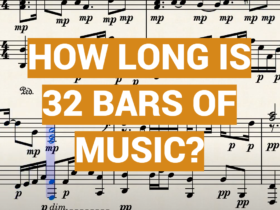
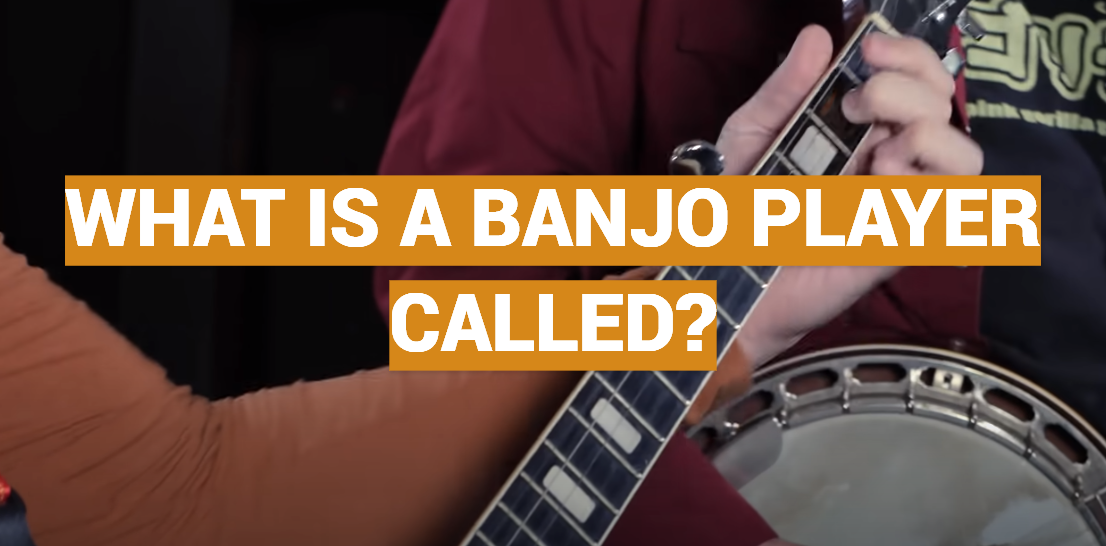



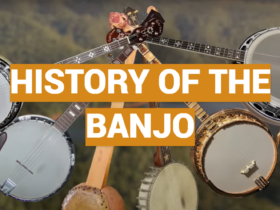
Leave a Reply